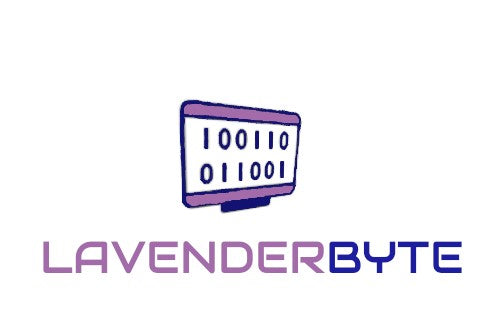| Numbers in Binary |
Binary System: Base-2 numeral system that uses two digits, 0 and 1.
Conversion:
-
Decimal to Binary: Divide the number by 2, record the remainder, and repeat with the quotient until you reach 0. Read the remainders in reverse order.
-
Binary to Decimal: Multiply each binary digit by 2 raised to the power of its position, starting from 0 on the right, and sum the results.
Example:
- Decimal 5 to Binary: 510=1012
- Binary 1010 to Decimal: 1×23+0×22+1×21+0×20=1010
|
| Text in Binary |
Character Encoding:
-
ASCII (American Standard Code for Information Interchange): Uses 7 or 8 bits to represent characters (e.g., 'A' is 65 in decimal or 01000001 in binary).
-
Unicode: Supports a larger set of characters with different encoding forms like UTF-8, which uses 8 to 32 bits.
Example:
- The letter 'A' in ASCII: 01000001
|
| Images in Binary |
Bitmap Images:
-
Pixels: Small dots that make up an image, each pixel is represented by bits.
-
Color Depth: Number of bits used to represent the color of each pixel (e.g., 1-bit for black and white, 24-bit for true color).
Vector Images:
-
Description: Represent images using geometric shapes and equations, which are then converted to binary.
Example:
- A 2x2 pixel black and white image:
- 0110
- Binary: 01101001
|
| Sound in Binary |
Analog to Digital Conversion (ADC):
-
Sampling: Measuring the amplitude of sound waves at regular intervals.
-
Bit Depth: Number of bits used to represent each sample (e.g., 16-bit, 24-bit).
-
Sampling Rate: Number of samples taken per second (e.g., 44.1 kHz).
Example:
- A sound wave sampled at 44.1 kHz with a bit depth of 16 bits results in a binary representation for each sample.
|
